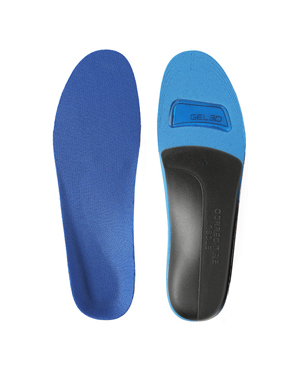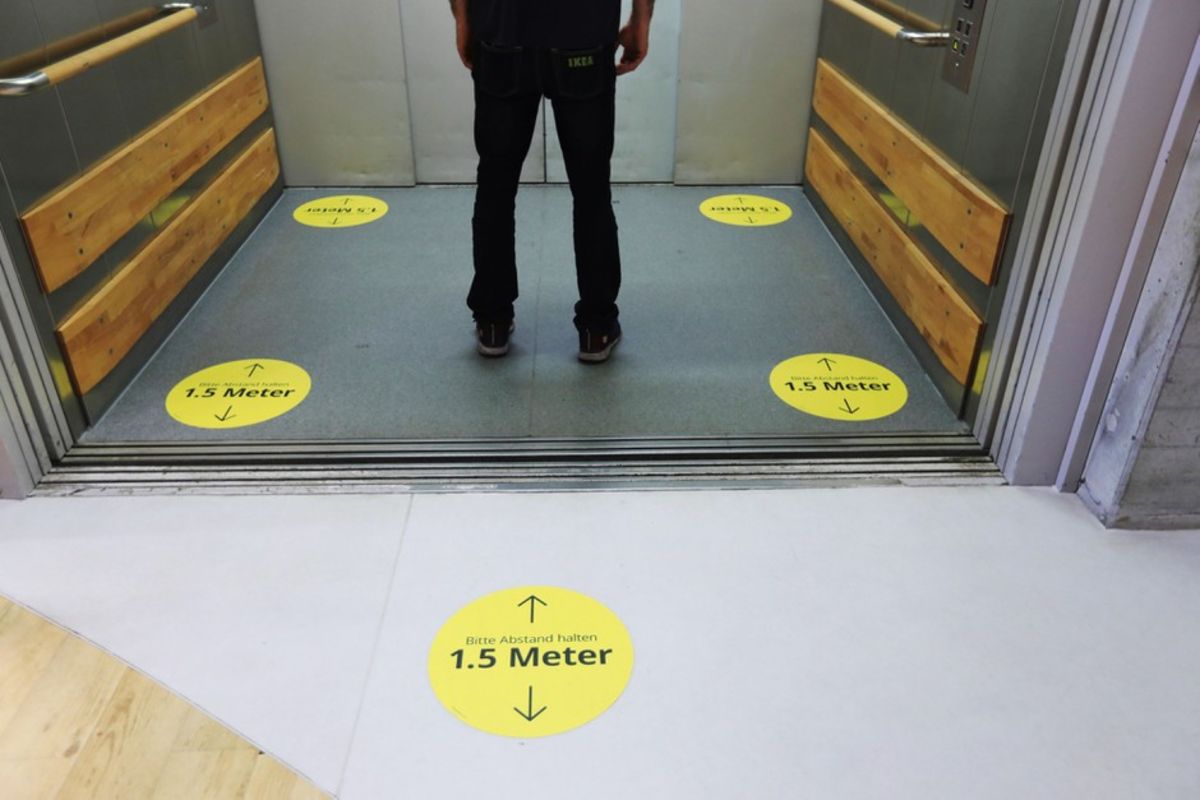MENA Healthcare 3D Printing Market Industry Analysis (2019-2025)

Research report presented by UnivDatos, Emphasis on Component ((Product (Professional/Industrial Printer, Personal/Desktop 3D Printers), Material (Polymer, Plastic, Metals and Alloys, Ceramic, Other Materials), Technology ( Fused Deposition Modelling, Selective Laser Sintering, Stereolithography, Electron Beam Melting, Laminated object Manufacturing, Bioink, Other Technologies), Application (Functional Parts Manufacturing, Fit and Assembly, Prototype Modelling, Research, Model Casting, Visual Aids, Presentation Modelling, Other Applications), Practice Area (Medical Devices, Pharmaceuticals, Bioscience), End-Use Category (Dental Implants, Implants, Prosthetics, Hearing Aids, Surgical Guides, Medical Component, Drug Screening, Tissue Engineering, Others), End-User (Medical & Surgical Centres, Pharma & Biotech Companies, Academic & Research Institutions) and Geographical analysis (key regions and countries).
As per the research report, MENA Healthcare 3D Printing Market was valued at US$ 87.07 million in 2018 and is anticipated to reach US$ 234.2 million by 2025 displaying CAGR growth of 13.1% over the forecast period (2019-2025). In the MENA field, 3D printing technology has seen significant development and is set to reach new heights in the coming years. Countries like the United Arab Emirates, Qatar, and Saudi Arabia are eager to take advantage of the possibilities offered by 3D printing, and as a result, they are acquiring a competitive advantage in technical advances. Furthermore, the area has enormous ability to drastically alter how medical instruments are used to treat patients. The procedure has arisen as one of the most cost-effective solutions for the medical device industry, and as a result, it has had a positive impact on the healthcare market. The MENA healthcare 3D printing industry has grown rapidly due to rising demand for patient-specific products in orthopaedics and maxillofacial surgery, as well as steady advances in advanced technology. The booming 3D technique in healthcare, government funding, technical innovation in the healthcare industry (particularly medical devices), increased investment on 3D printing technology, quicker supply chain, and shortened lead times, among other factors, are all contributing to market growth. The technology has spread rapidly through a variety of manufacturing industries, with healthcare being one of the most significant. Furthermore, producers have been able to improve their local productivity thanks to advanced technologies. However, high 3D printing costs in terms of 3D printers, a shortage of 3D printing resource pool, and a lack of technical awareness of 3D printing are some of the limiting factors impeding the MENA Healthcare 3D printing market's potential. Dubai unveiled an aggressive strategy in April 2016 to become a regional and international pioneer in 3D printing, with the medical field as a primary priority. 3D printing, according to Papantoniou, would have a huge effect on two main UAE health issues: reconstructive surgery and diabetes prevention.
For complete research, request for Sample of the report browse through – https://univdatos.com/request_form/form/308
“Amongst component type, product (Printer) segment dominated the market, accounting for 36.4% share in 2018”
The report divides the MENA healthcare 3D Printing market into product, content, service, and other segments based on component (software). The product category led the industry in 2018 and is projected to continue to do so in the forecast period 2019-2025.
“Amongst printer type, Industrial/Professional Printers was the most used printer type, followed by desktop printers in the MENA healthcare 3D printing market”
The industry is divided into Professional/Industrial Printers and Personal/Desktop 3D Printers based on the commodity (printer). Professional/Industrial Printers led the MENA healthcare 3D Printing industry and are expected to continue to do so for the duration of the study. During the forecasted era, the Desktop 3D Printer market is projected to expand at a CAGR of 14.8%.
“Amongst material type, the polymer segment generated revenue of US$ 7.54 million in 2018”
The industry is divided into polymer, plastic, metals and alloys, and ceramics based on the material form. The polymer segment dominated the MENA healthcare 3D printing content industry in 2018, with the highest penetration and consumer usability in 3D printing. The ceramic segment, on the other hand, is projected to rise at a staggering 15.1 percent CAGR over the forecasted timeframe. The industry is divided into two types of services: custom design and manufacturing and after-sales support. In the MENA Healthcare 3D Printing industry, Custom Design and Manufacturing delivered revenue of $9.41 million in 2018.
For a detailed analysis of the applications in the MENA Healthcare 3D Printing Market browse through – https://univdatos.com/report/mena-healthcare-3d-printing-market-current-scenario-and-forecast-2019-2025
“Amongst technology, Fused Deposition Modelling technology dominated the market with a 31.6% share in 2018”
Stereolithography, Selective Laser Sintering, Electron Beam Melting, Fused Deposition Modeling, Laminated Object Manufacturing, Bio Printing, and Others are the different types of technology used in the industry. Fused Deposition Modelling (FDM) took the lead in 2018, as it is one of the most common and user-friendly tools for creating 3D printed models.
“Amongst application, Functional Parts is anticipated to dominate the MENA healthcare 3D printing market by 2025.”
The market is divided into practical components, fit and assembly, concept modelling, testing, model casting, visual aids, presentation modelling, and others based on use. The MENA healthcare 3D Printing technology industry was led by Functional Parts manufacturing in 2018, with sales of US$ 29.46 million.
“3D Printing technology is majorly used for Medical Device manufacturing”
The MENA healthcare 3D printing market is split into three practise areas: medical equipment, pharma, and bioscience. Medical devices led the adoption of 3D Printing technologies in 2018, accounting for 56.8% of the market. During the forecast period 2019-2025, however, the bioscience segment is projected to rise at the fastest CAGR.
“Amongst End-Use, Dental Implant was the largest market for 3D printing technology in the MENA Healthcare 3D Printing market”
The industry is divided into dental braces, implants, prosthetics, hearing aids, surgical manuals, medicinal components, medication screening, tissue engineering, and others based on the end-use segment. Since 3D printing is commonly used to manufacture dental implants, the MENA healthcare 3D printing market was dominated by dental implants in 2018, with sales of US$ 29.94 million.
“Medical & Surgical Centers were the major end-users of 3D Printing technology”
The primary end-users of 3D Printing technologies are medical and surgical facilities, pharmaceutical and biomedical firms, and university and scientific institutions. Medical and surgical centres led the use of 3D printing technologies in 2018, and this trend is predicted to continue over the projected era.
“UAE was the most lucrative market for 3D Printing technology in the MENA Healthcare market”
A comprehensive country-level study of the technology was performed for countries such as the UAE, Qatar, Saudi Arabia, Kuwait, Egypt, Algeria, and the rest of MENA. In 2018, the UAE made a profit of US$ 16.02 million. Algeria, on the other hand, is projected to rise at the fastest pace, with a CAGR of 16.1% from 2019 to 2025.
Customization Options:
UMI understands that you may have your own business need, hence we also provide fully customized solutions to clients. The MENA Healthcare 3D Printing Market can be customized to the country level or any other market segment.
Table of Contents
Chapter 1 Market Introduction
Chapter 2 Research Methodology or Assumption
Chapter 3 Industry at A Glance
Chapter 4 Executive Summary
Chapter 5 Market Overview
Chapter 6 Demand and Supply Side Analysis
Chapter 7 Top News Related To 3d Printing in Middle East Region
Chapter 8 Mena 3d Printing Value Chain
Chapter 9 Market Insights, By Component (Us$)
Chapter 10 Market Insights, By Technology Type (Us$)
Chapter 11 Market Insights, By Application (Us$)
Chapter 12 Market Insights, By End-Use Category (Us$)
Chapter 13 Market Insights, By Practice Area (Us$)
Chapter 14 Market Insights, By End-Users (Us$)
Chapter 15 Market Insights, By Countries
Chapter 16 Competitive Scenario
Chapter 17 Top Company Profiles - 3D Systems Corporation, Arcam AB, Royal DSM N.V., Stratasys Ltd., Organovo Holdings, Inc, Mcor Technologies Limited, Voxeljet AG

Digital Logistics Market to Reach USD 46 Billion by 2027 Globally |CAGR: 18%
- Digital Logistics Market Report, Size Insight Report 2021 to 2027 by Manufactures Types, End Users and Regions with COVID-19 Impact Analysis

Top Reasons to Introduce Insoles in Your Life
- Ortholite insoles are specifically designed to offer full protection to the feet.

Inslasi announcez statewidi reopening date of June 30 and short-term statewide move to Phase 2
- The governor also discussed the plan for K-12 to return in the fall and additional opportunities for fully vaccinated individuals

The Interesting Effects COVID Has Had On Elevators
- Before COVID you probably didn’t give too much thought to the highly social aspects of elevators.